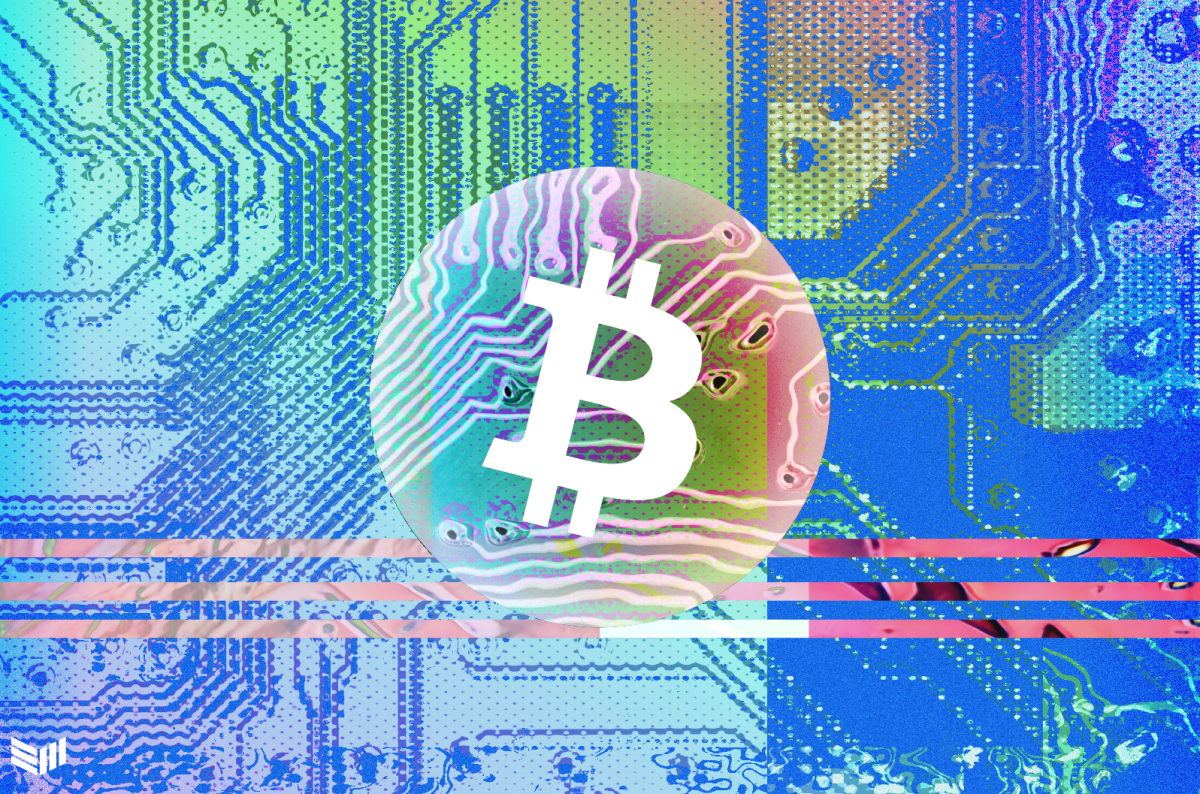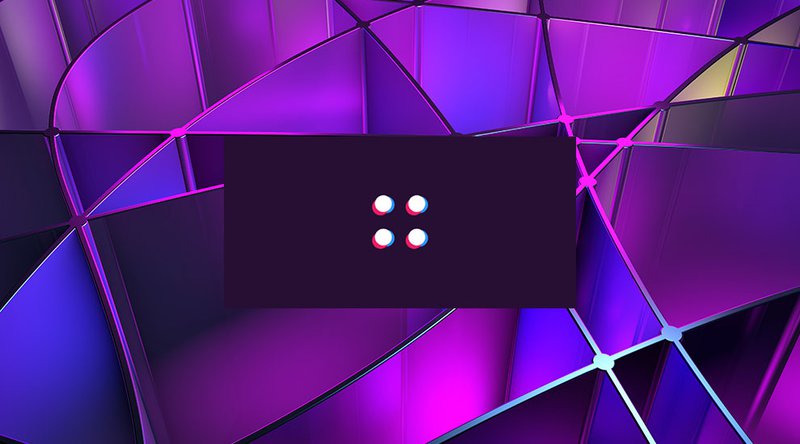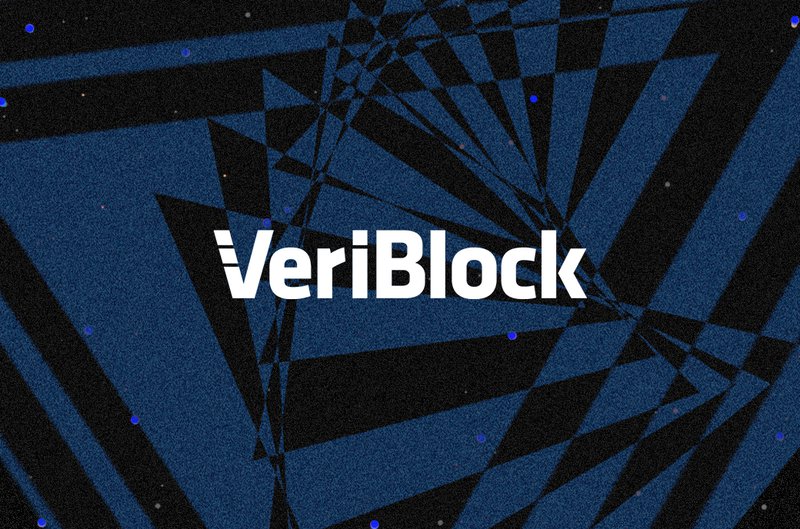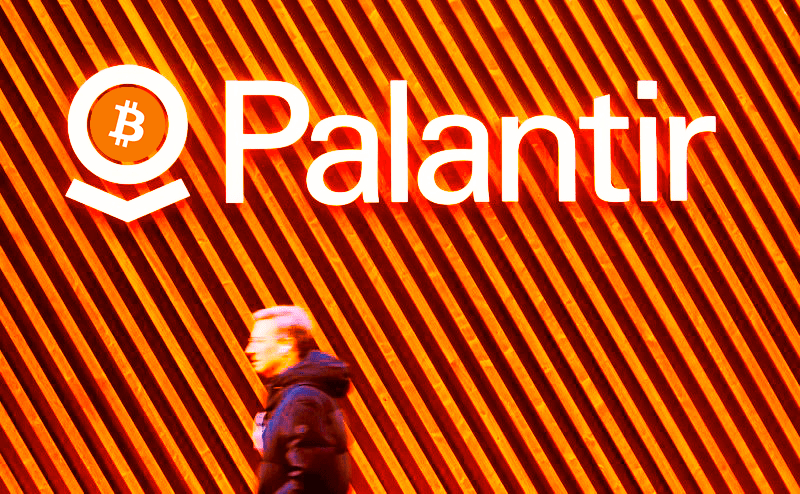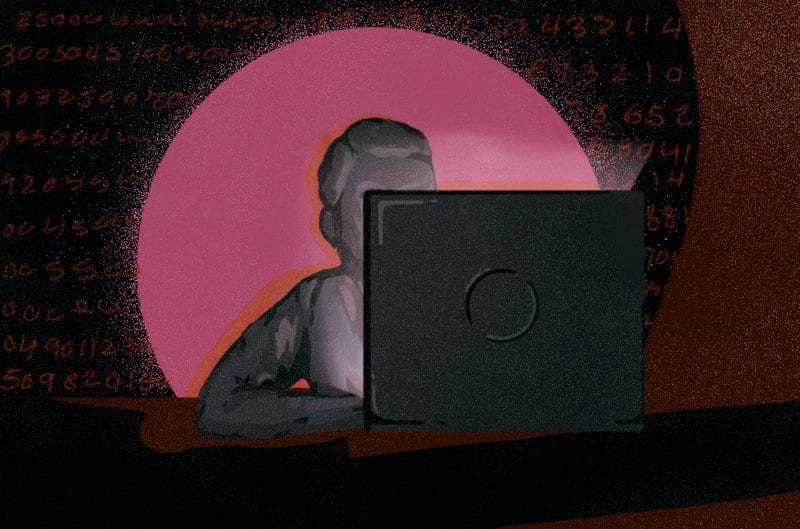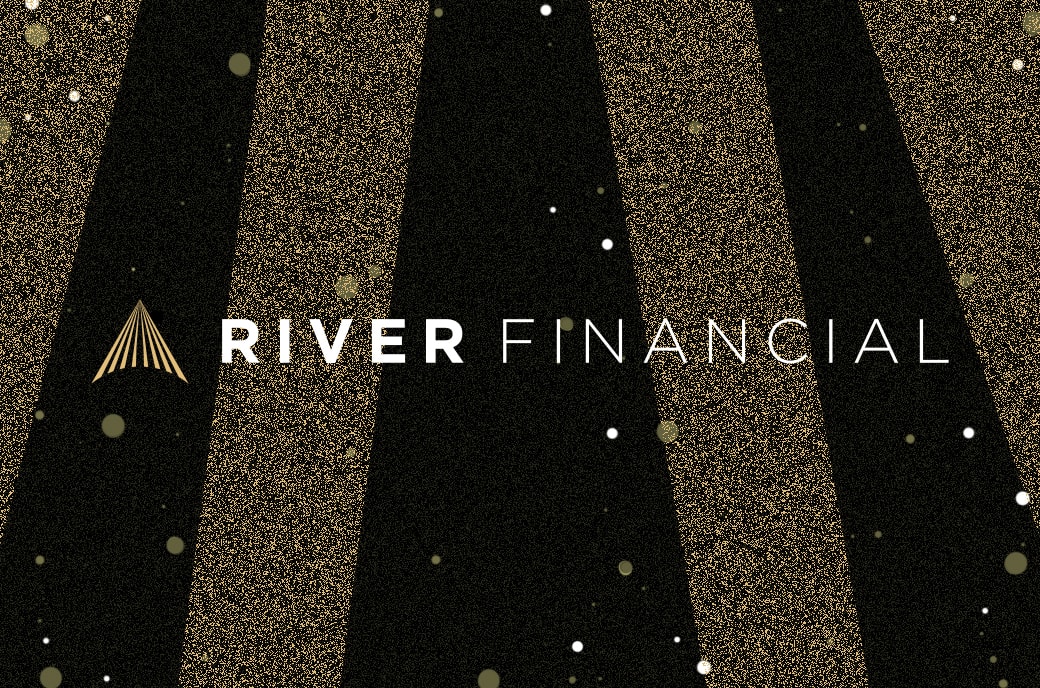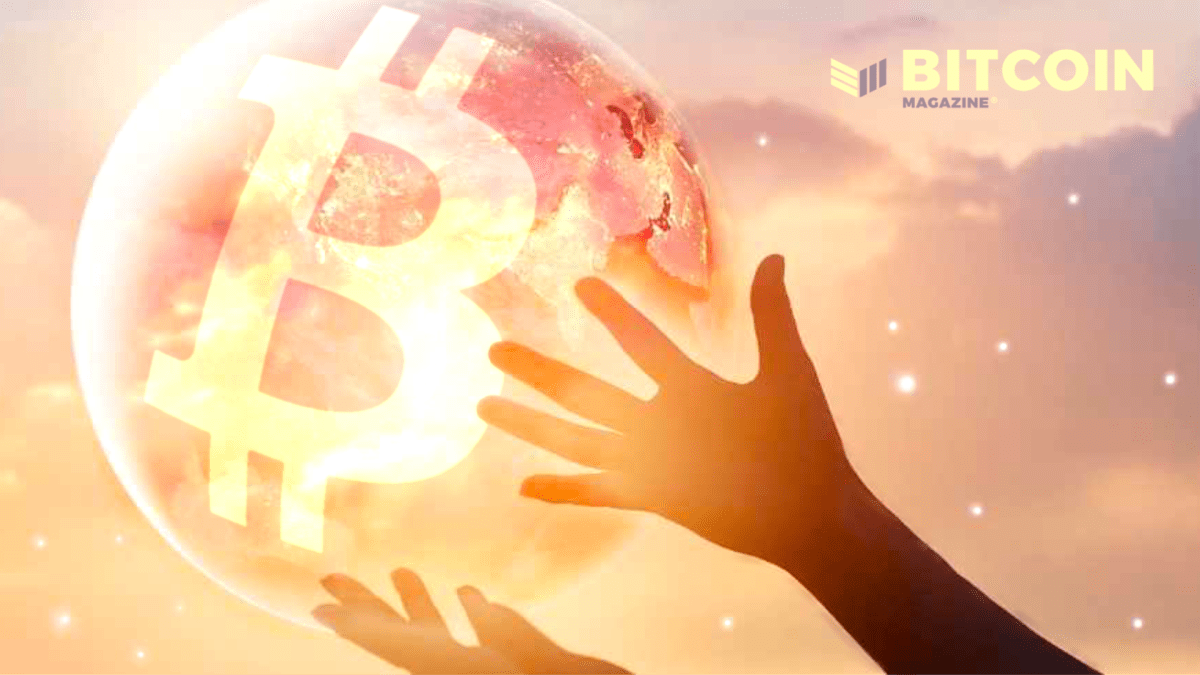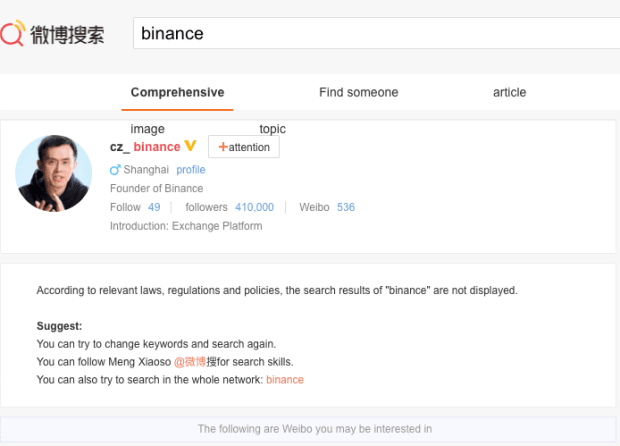No Connection Required: How One Dev Sent Bitcoin While Off the Grid

Following a partnership between Samourai Wallet and goTenna, which now allows users to send bitcoin transactions offline, one developer in New Zealand is staying ahead of the curve.
Detailing the feat in a series of tweets, Rigel Walshe used a $27 entry level, Android smartphone and four goTennas (portable devices used to create off-grid radio signals) to successfully send a bitcoin transaction without access to the internet.
Over the weekend I sent a bitcoin transaction to a relay 12.6km away with no cell network or internet connection. Here’s a tweetstorm about how I used @gotenna and @SamouraiWallet to do it
— Coinsure (@Coinsurenz) October 16, 2018
Here’s how he did it.
Working in Auckland, New Zealand, Walshe used Google Maps to devise a relay route that would respect goTenna’s stated maximum relay range of 6.4 km (though he notes this region is mountainous, so it was important to find high ground so as to not have any land structures interfere with the signals).
As Walshe set up each goTenna, which has a concealed relay station, he sent a transaction to see if it effectively went through. His girlfriend was waiting on the other side of each transaction, with her smartphone connected to the goTenna mesh network Walshe created. (Although an internet connection was not needed in order to receive the transaction, she was only able to confirm that the transaction was successful by checking the blockchain over the internet.)
The developer was able to send a transaction from two of the three locations he used, citing that the third didn’t go through because it was “pushing the distance” of the goTennas.
A huge takeaway for Walshe was that, from the offline device, there was no way to know if the transaction had been received by the other party. Therefore, he would need to essentially depend upon the party on the other side, in this case his girlfriend, to accurately report back to him whether or not she had received the transaction. He noted that an analog message confirming that a successful transaction had taken place would be a huge advantage to the network.
“If this was being used in a disaster scenario … after Hurricane Katrina, or in a hostile environment such as a prison or warzone, people may not be able to communicate to confirm the payment has actually made it onto the blockchain, as goTenna is a passive receiver system. A confirmation message would help reduce additional risk for those unable to use a solution like the Blockstream satellite for confirmation.”
So What?
While the experiment can be considered a success, off-grid transactions still have a long road ahead of them before they see mainstream adoption and application. Walshe’s own transactions were cumbersome enough, requiring that he set up specific hardware and map out a grid with multiple antennae to relay the transactions.
Nonetheless, the ability to begin to experiment with possible offline solutions is a huge plus for the Bitcoin community as a whole. As Walshe notes, “the requirement for internet access has been an objection point for bitcoin detractors since it started.”
Developments like this are important for Bitcoin, as it shows the technology being used in creative ways that are just beginning to push the boundaries of what we thought was possible.
When asked how he sees the results of his experiment used in the future, Walshe said to Bitcoin Magazine, “Hopefully other people will pick up the gauntlet and try to beat my record.” Indeed, we have seen blockchain technology make improvements in strides by first implementing ideas in the form of a game in the past.
A challenging, time-costly game at best, the infrastructure setup was the hardest part of the experiment, according to Walshe. Despite the difficulties, however, he still points out that he’s “going to do a few more reports using some interesting terrain.”
Walshe welcomes other Bitcoin enthusiasts to try to top him. “There [are] some amazing things that could be done by combining goTenna and drones,” he said. “Let’s see what everyone can come up with.”
This article originally appeared on Bitcoin Magazine.

